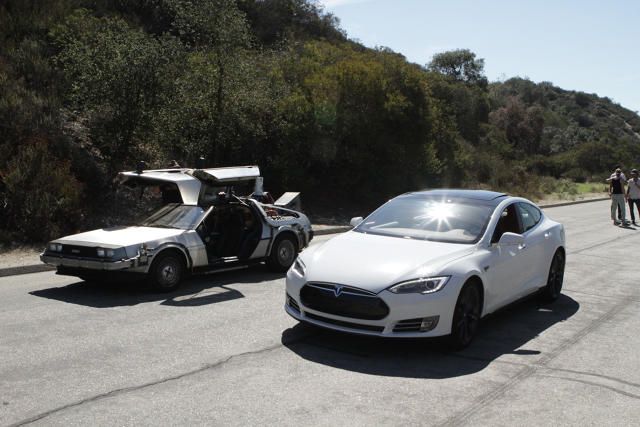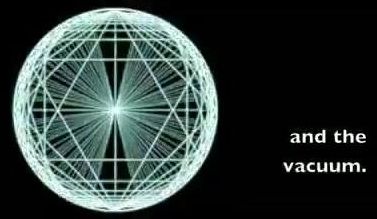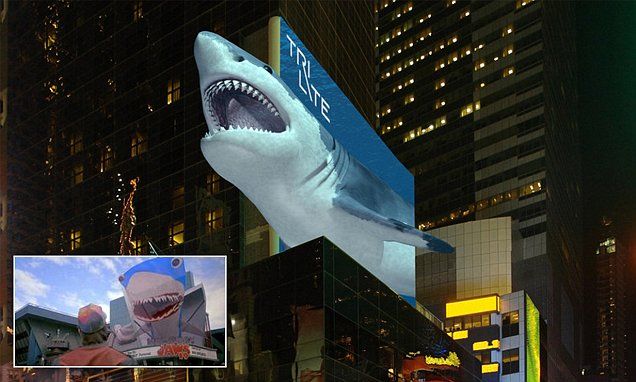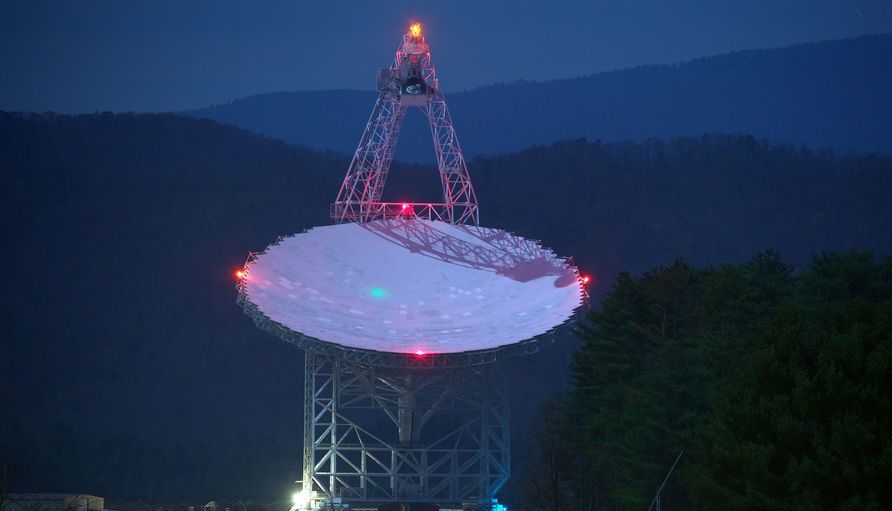Page 11062
Oct 14, 2015
A Geek’s Dream: Tesla Races DeLorean in “Back to the Future” VR Experience — By Daniel Terdiman | Fast Company
Posted by Odette Bohr Dienel in category: virtual reality
“Next Wednesday, the design agency Positron will release a virtual reality “experience” in which viewers can get a first-person look from the cockpit at a race between the DeLorean and a Tesla Model S P90-D. The date is no coincidence: fans know October 21, 2015, is the day Marty McFly arrives in the future in Back to the Future II. This year also marks the 30th anniversary of the first film, released in 1985.”
Oct 14, 2015
Asteroid Mining: The $100 Trillion Industry
Posted by Shailesh Prasad in category: space
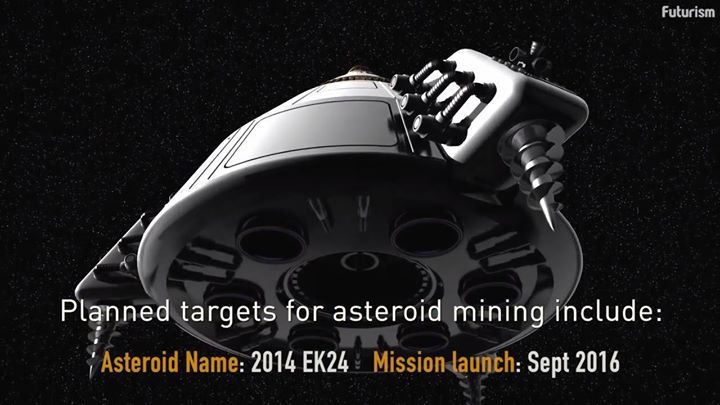
The Biggest Opportunity of our Lifetime: Asteroid Mining could be a $100 Trillion Industry.
For more videos go to: http://futurism.com/watchmore
Oct 14, 2015
If they had taught us Math using this method, I think most of us would have enjoyed it a lot more!
Posted by Shailesh Prasad in category: education
Oct 14, 2015
Watch: This is the world’s lightest metal
Posted by Shailesh Prasad in category: materials

A few years ago, researchers created the world’s lightest metal for Boeing, and now the airline has shown it off for the first time in this new video. Called microlattice, the material is 100 times lighter than styrofoam but is as rigid as metal, which means that it has some pretty exciting applications — not limited to being able to balance on top of a dandelion.
Microlattice was inspired by the structure of our bones, which are very rigid on the outside but mostly hollow on the inside, which means they can’t be easily crushed, but are lightweight enough for us to carry around all day. The new Boeing metal mimics this, and despite its rigid exterior, it has a 3D open-cellular polymer structure, which means its structure is 99.99 percent air.
Continue reading “Watch: This is the world’s lightest metal” »
Oct 14, 2015
‘Back to the Future’ billboards can show 3D WITHOUT glasses
Posted by Shailesh Prasad in category: futurism
Researchers claim to have cracked the problem of creating giant displays that can show images in 3D without the need for glasses.
Austrian researchers have developed a laser system that sends different images to each eye — and say it could lead to New York’s Times Square having its first 3D ads.
It would mean the 3D billboards seen in Back to the Future II, set in 2015, could finally become a reality.
Oct 14, 2015
Scientists Can Now Predict Intelligence From Brain Activity
Posted by Shailesh Prasad in category: neuroscience
Oct 14, 2015
Could These Weird Space Objects Be the First Proof of Intelligent Aliens?
Posted by Sean Brazell in category: alien life
“this is the kind of alien megastructure we’ve always suspected could be around distant stars, true indications of an advanced alien species. It’s a tantalizing possibility, and one the Berkeley SETI team are drafting up the proposal to follow-up on.”
Oh, you know the rest.
Oct 14, 2015
If it works, this could power everything
Posted by Sean Brazell in category: nuclear energy
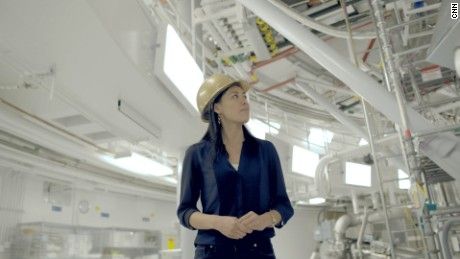
The sun powers itself through nuclear fusion. CNN’s Rachel Crane explores whether we could power everything on Earth the same way.
Oct 14, 2015
Nick Bostrom sets out threats from future technologies at UN meeting
Posted by Amnon H. Eden in categories: education, materials, robotics/AI, security
Professor Nick Bostrom briefed political representatives from around the world on the national and international security risks posed by artificial intelligence and other future technologies at a UN event last week.
Professor Bostrom, Director of the Future of Humanity Institute, Oxford Martin School, was invited to speak at a special side event examining the challenges posed by chemical, biological, radiological and nuclear (CBRN) materials and weapons, held during the UN’s 2015 General Assembly meeting.
The event was organised by Georgia’s UN representatives, in collaboration with the United Nations Interregional Crime and Justice Research Institute (UNICRI), with the aim of understanding the implications of new technologies, ensuring responsible development and mitigating against misuse.

